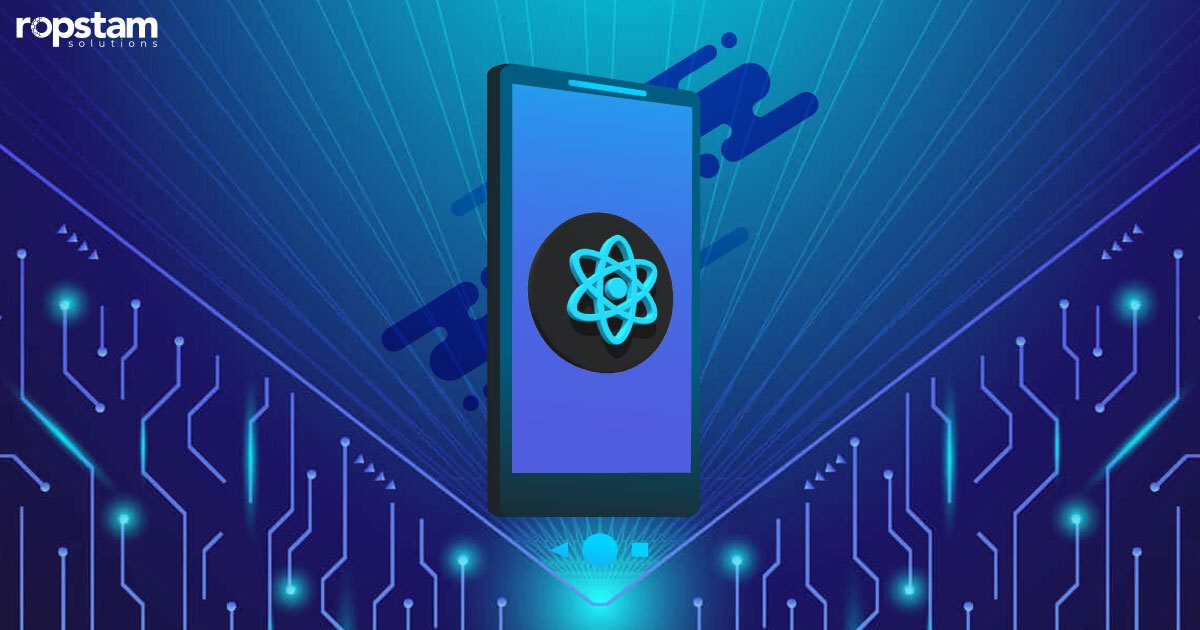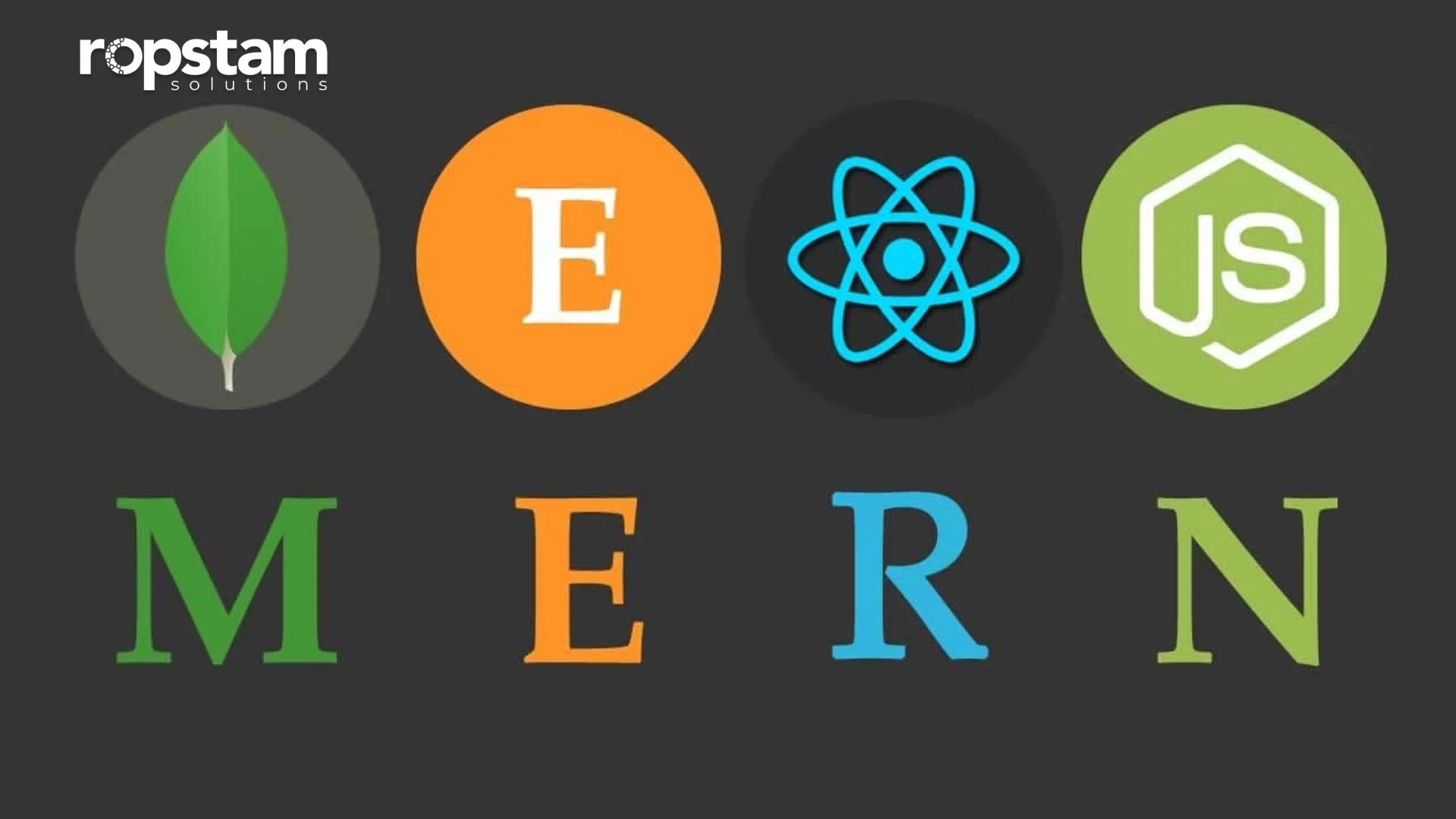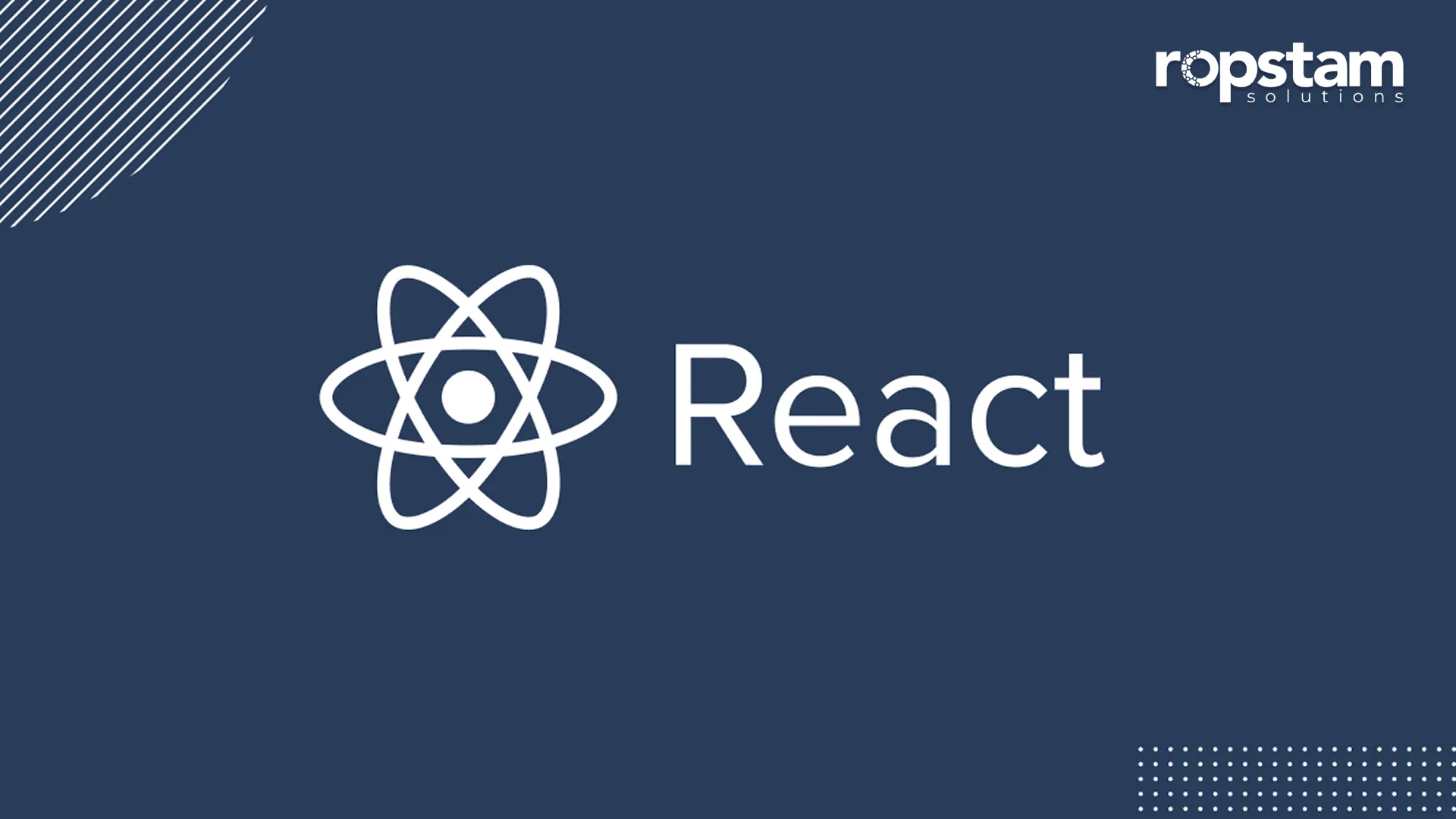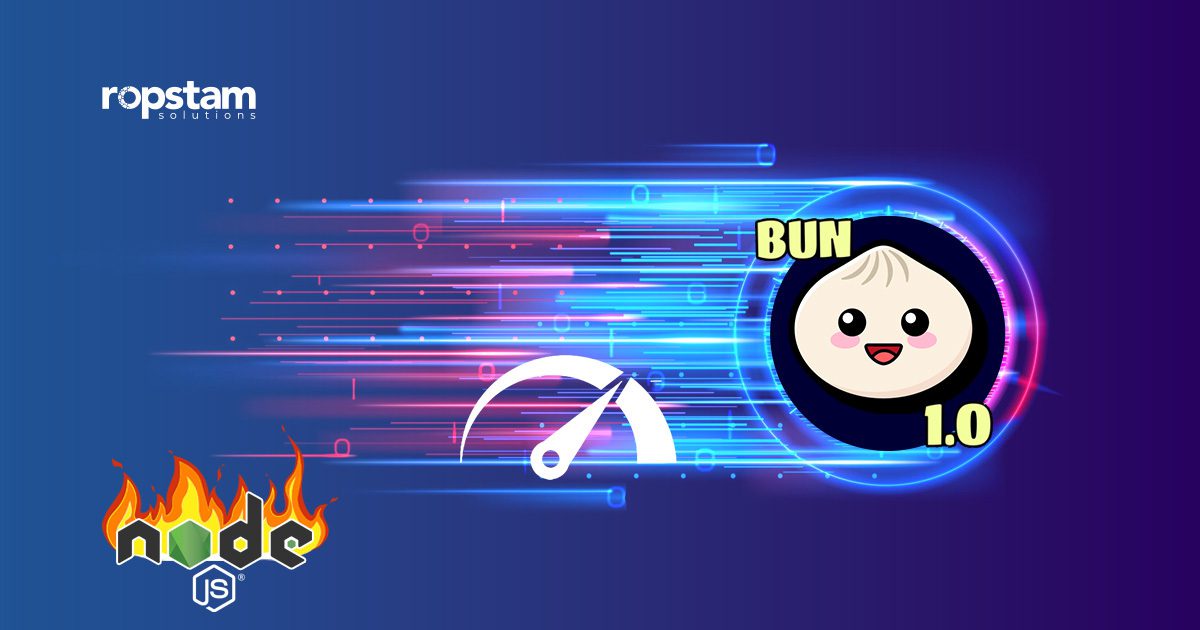If you are looking to create an efficient, multi-platform mobile application, look no further than React Native. Preferred by countless mobile app developers, React Native enables you to create cross-platform applications, saving both time and resources.
But how has this JavaScript-based framework become a popular option with immense mainstream adoption? This article digs into the main benefits of React Native, helping you make an informed decision.
What is React Native?
React Native burst onto the mobile app development scene in 2015 as an open-source framework crafted by tech juggernaut Facebook. This innovative framework empowers developers to build cross-platform native mobile apps for both iOS and Android using nothing but JavaScript.
Unlike some hybrid app development tools, React Native renders interfaces using native UI components instead of web views. This leads to UIs indistinguishable from platforms like Objective-C or Swift for iOS and Java/Kotlin for Android.
Yet React Native developers can reuse well over 90% of their codebase across operating systems, accelerating development and maintenance.
The Stack Overflow 2022 survey also demonstrates the impressive traction React Native development has gained over the years. This revered framework’s usage has elevated to more than 12% among respondents, indicating growing adoption across the industry.
With major companies like Facebook, Uber, Airbnb, Walmart, and Tesla relying on React Native for their mobile apps, the framework’s stability and utility have been proven at scale. Not to mention that React Native’s performance is nearing native app benchmarks while developer productivity is unmatched.
As mobile development marches forward, React Native continues leading the charge in efficient cross-platform apps. Its reactive architecture, a wide array of third-party packages, and efficient testing stack offer compelling capabilities for developers to stay relevant amid rapidly evolving mobile landscapes.
Key benefits of React Native for mobile app developers
There are numerous advantages that make React Native an amiable choice for mobile app developers. Here, I have highlighted some of them:
1. Massive community support:
React Native boasts a large and active community of developers. This is incredibly beneficial for React Native developers as it means a wealth of resources, such as libraries and tools, are readily available. The community also provides extensive support through forums and social media, where developers can seek help, share knowledge, and collaborate on projects.
Consequently, this support system can significantly speed up the development process and help solve complex issues.
2. Code reusability:
One of the most significant advantages of React Native is the ability to reuse code across different platforms, mainly iOS and Android. For developers, this means that they can write the code once and deploy it on multiple platforms, saving time and resources. Code reusability also ensures consistency in the app’s behavior and appearance across devices, which enhances the user experience.
3. Third-party plugins:
React Native allows for the integration of third-party plugins, which means developers can add various functionalities to their apps without having to build them from scratch. Such plugins can include native modules and JavaScript modules, providing flexibility and the ability to add custom features easily. This capability can significantly reduce development time and cost while enhancing the app’s capabilities.
4. Budget friendly:
Since React Native enables code reusability and supports third-party plugins, it’s a cost-effective solution for developing mobile applications. Developers can save on costs associated with developing separate code bases for iOS and Android.
Additionally, the shorter development cycle translates to a reduction in labor costs. This is particularly beneficial for startups and small businesses with limited budgets.
5. Top-notch performance:
React Native apps are compiled into native code, which helps them perform almost as well as native apps. The framework’s focus on optimal performance means developers can build high-quality, responsive apps. With features like the use of native controls and modules, React Native ensures that the user experience is smooth and seamless.
6. Fast reloading:
The ‘Fast Refresh’ feature in React Native enhances developer productivity by instantly reflecting code changes in the app without requiring a full rebuild. This means developers can see the effects of their latest changes in real time, which speeds up the development process, debugging, and testing phases.
It is especially advantageous during the iterative process of tweaking the UI or fixing bugs, as you can get real-time access to all the code modifications.
7. Facile testing:
Testing is more straightforward with React Native due to its modular and intuitive architecture. Developers can employ a range of testing libraries and tools that the React Native ecosystem provides. The result is a more efficient testing process, ensuring that applications are robust and reliable before they are deployed.
8. Mature framework:
The React Native framework has matured significantly since its inception, with many iterations and updates that have stabilized its core functionalities. For developers, this maturity means working with a reliable and stable framework that is less likely to have significant bugs or issues. It also implies a more simplistic development process with better documentation and best practices in place.
9. Simplistic UI:
React Native focuses on creating a mobile UI that is not only responsive but also simple and user-friendly. The framework uses declarative components that make it easier for developers to understand and manipulate the UI. This simplicity in UI design translates to a reduced learning curve for new developers and faster development times for experienced ones.
10. Enhanced reliability:
Thanks to the strong backing from Facebook, React Native boasts long-term viability and reliability. This means that the developers can trust the framework for large-scale applications, knowing that it will continue to receive updates and support. Additionally, the robustness of applications built with React Native means they are less prone to crashes and bugs.
11. Native feel:
Even though it’s a cross-platform app development framework, React Native applications can access device-specific features such as the camera and accelerometer, which helps in creating a native-like experience for the user.
Utilizing this framework, developers can also get access to native components, which allows them to build applications that not only look like native apps but also behave like them. This native feel is essential for user retention and satisfaction.
When to choose React Native for cross-platform mobile app development?
By now, you must have realized the enormous potential of and host of business advantages offered by the React Native framework. The popularity of React Native is evident from the fact that almost 15% of mobile apps among the top 500 in the US are built with this framework. Many surveys have shown that React Native is the third-most widely used and popular framework.
There are scores of scenarios where React Native is the ideal choice as a cross-platform app development kit. Imagine a startup aiming to enhance its reputation and diversify its target audience by developing both Android and iOS versions of a mobile application.
By choosing React Native as the go-to framework in such a circumstance, this company can not only simplify the development cycle but also develop multi-platform applications while maintaining a single codebase. Consequently, the goal is achieved with a limited budget and resources.
For beginners who are familiar with the syntax of JavaScript, React Native doesn’t have a steep learning curve. This means this framework is not too difficult to master and set a marker even if you are new to this field. Plus, mistakes when writing code for react native can result in serious consequences.
Thanks to the extensive React Native developer community, finding help for any complications or bugs online is highly probable. This is another benefit of React Native, which makes this framework an amiable choice for cross-platform app developers.
Popular apps built with React Native
To further give you an idea of the global mainstream adoption of React Native, here are a few of the popular mobile apps built using this framework:
- Skype
- Walmart
- Tesla
- Discord
Choose Ropstam Solutions for your next React Native project
In the realm of cross-platform app development, React Native holds a significant position and is preferred by countless developers. From improved reliability, scalability, and simplistic UI to the native feel and look of the developed applications, React Native offers a host of advantages in this domain.
At the heart of a successful React Native project is a team of skilled developers. At Ropstam Solutions, we boast an award-winning crew of React Native developers who put their heart and soul into each and every project. If you are looking for the ideal React Native development team, don’t hesitate to contact us today!














